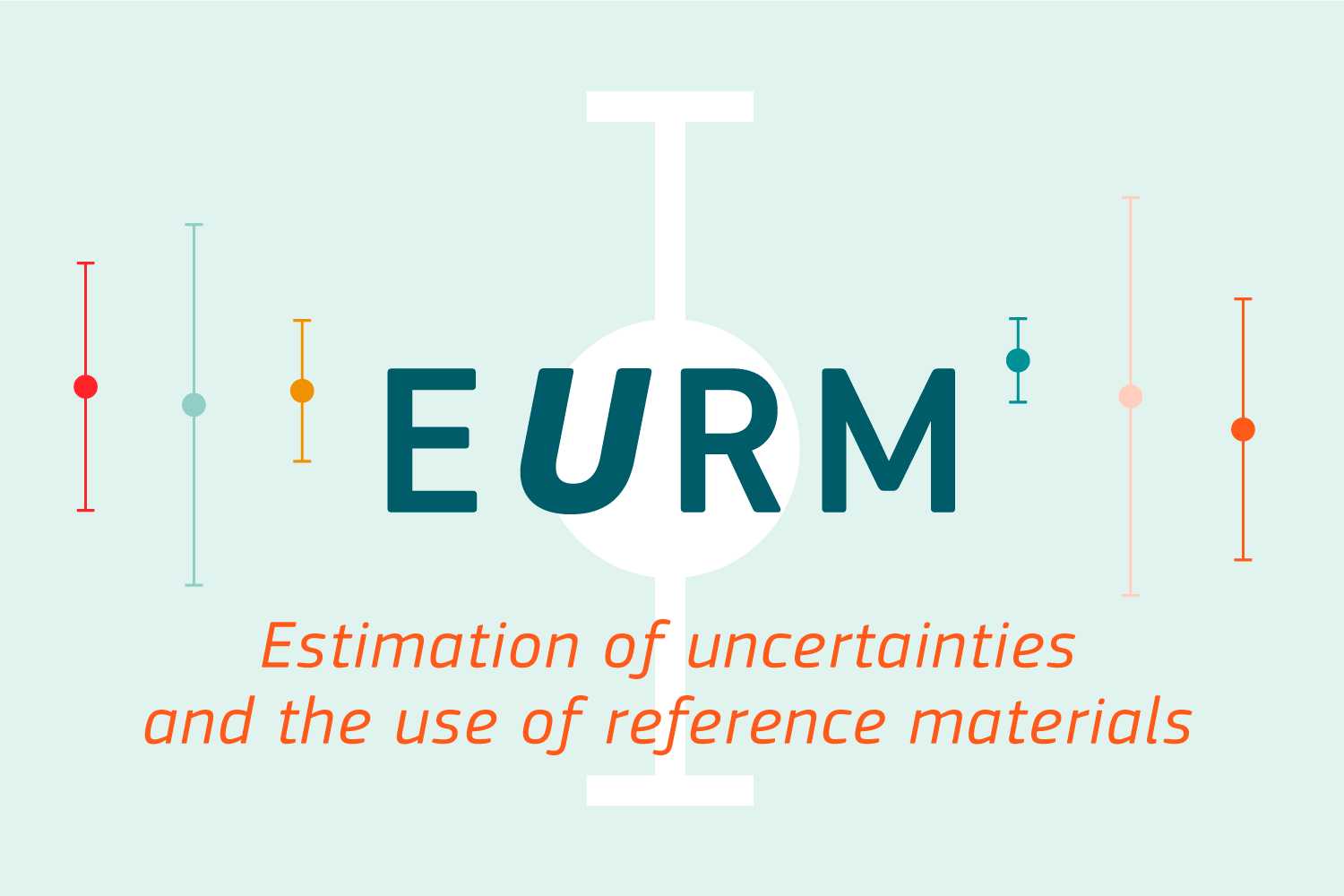Estimation of uncertainties and the use of reference materials - EURM
Course details
The JRC is one of the leading global producers of reference materials for food and feed analysis, environmental analysis, engineering and health applications.
This course provides information about the selection and correct use of reference materials, how to use them for the estimation of measurement uncertainty and how to establish metrological traceability of measurement results.
The course also takes into account the requirements of ISO/IEC 17025.
Target audience
This course addresses practitioners working in laboratories who apply certified reference materials for statistical quality control, method validation and calibration and who need to assess measurement uncertainties. It is useful for laboratory managers and auditors who need to implement and assess the estimation of measurement uncertainties and the correct application of reference materials. Undergraduate students studying analytical chemistry may also benefit from attending.
Learning objectives
- Understand the basic concept of uncertainty and metrological traceability;
- Learn how to establish an uncertainty budget and how to ensure metrological traceability of your measurement result;
- Learn how to select the optimal reference material;
- Understand what commutability is;
- Get practical tips how to best use an RM.
This content is offered by the European Commission. The European Commission is the European Union's politically independent executive arm. It is alone responsible for drawing up proposals for new European legislation, and it implements the decisions of the European Parliament and the Council of the European Union.

Schedule
- Welcome to EURM
- General information
- Module 1 - Estimation of measurement uncertainty
- Module 2 - Use of CRMs to prove laboratory and method performance
- Module 3 - Making the best use of RMs
- Module 4 - Use of CRMs in method validation
- Module 5 - Commutability of reference materials
- Module 6 - Selection of reference materials
- Module 7 - Traceability of measurement results
- Module 8 - The wrap-up
- Conclusion and certificate


